+91 9932 3111 13 Email: dooarsqueentourtravels@gmail.com
Dooars - The Gateway of noth Bengal
Dooars – the doors, the gateway between the hills in Bhutan and the plains in Bengal’s region (India). The Dooars region is divided into two viz. Western and Eastern Dooars. Western Dooars in West Bengal commonly known as North Bengal and the Eastern Dooars in Assam known as Assam Dooars. The beauty lies in Bengal Dooars, once ruled by Koch dynasty, is famous for Wildlife, Green Forest and Tea Gardens. Beside forest and tea gardens, Dooars also have many towns and cities. Siliguri is the largest city in Northern Bengal region.
Dooars is resident of various types Tribes such as Mech, Toto, Rabha, Bodo, Lepcha, Tamang, Etc. Most of the people are from Nepali community. The population of Bengali is also large.
The Bengal Dooars have many dense forest and jungles. Many National Park and Wildlife sanctuaries are here such as Jaldapara, Buxa, Gorumara National Park and Mahananda Wildlife Sanctuary. The forests are populated with wild animals like Tiger, endangered one horn Rhinoceros, Elephants, Bisons, etc. Various types of birds and rare reptiles can be seen in Dooars.
Coochbehar, one of the districts of West Bengal, in Dooars once ruled by Koch Dynasty is famous for royal heritage and is a declared heritage town. The palace of the Koch king is in the heart of the town. The whole Coochbehar town and old buildings which stood from reign of the king, gives a feeling of being in a kingly state. Planning to visit Dooars, call us. We are leading tour service providers in Dooars. Our well experienced Guides and management team can make your trip a memorable trip.

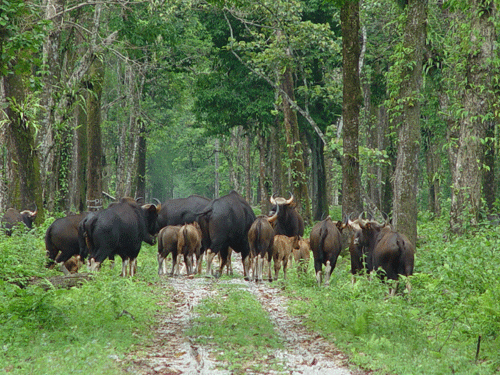
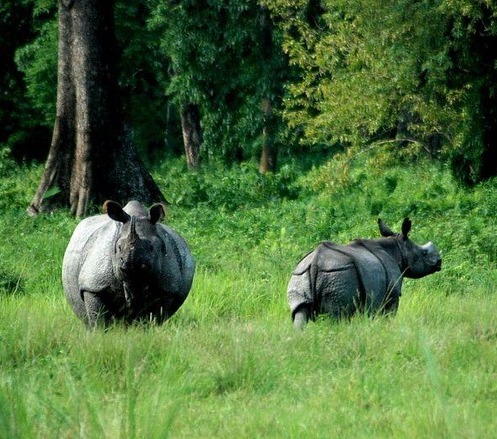
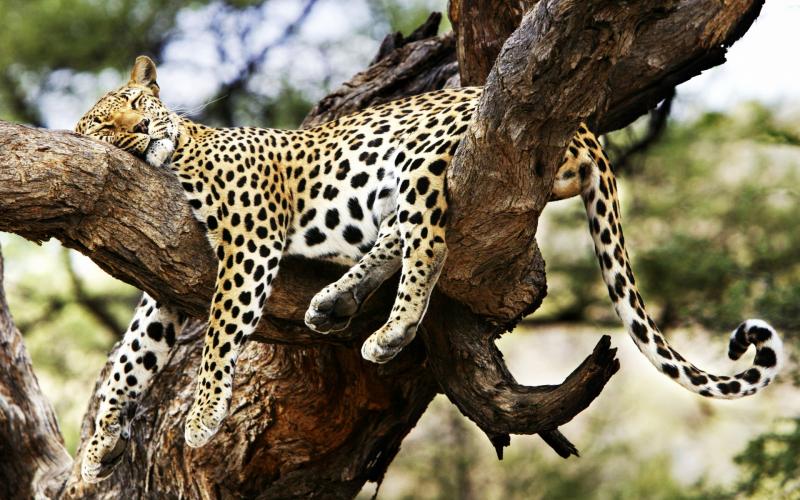

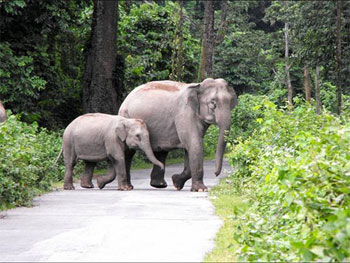
 Buxa National Park is famous for two reason which is Buxa Tiger Reserve and Buxa Fort. Both spots are located inside the Buxa National Park. The park lies in the Buxa Hills of the southern hilly region of Bhutan.
Buxa National Park is famous for two reason which is Buxa Tiger Reserve and Buxa Fort. Both spots are located inside the Buxa National Park. The park lies in the Buxa Hills of the southern hilly region of Bhutan. 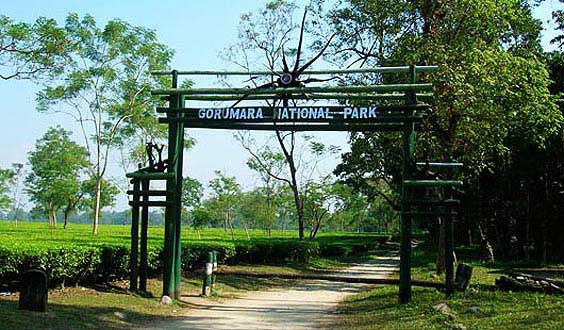 Gorumara Nationa Park is located in the Terai region of the Himalayan foothills, it is a medium-sized park with grasslands and forests.
Gorumara Nationa Park is located in the Terai region of the Himalayan foothills, it is a medium-sized park with grasslands and forests.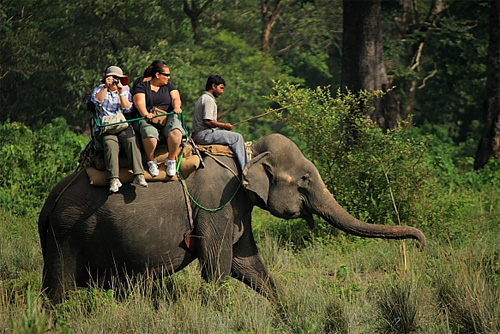 Jaldapara National Park is at the foothills of the Eastern Himalayas in Dooars and on the banks of the Torsa River. The park is situated at an altitude of 61 m and is spread across 216.51 km2 (83.59 sq mi) of vast grassland with patches of riverine forests.
Jaldapara National Park is at the foothills of the Eastern Himalayas in Dooars and on the banks of the Torsa River. The park is situated at an altitude of 61 m and is spread across 216.51 km2 (83.59 sq mi) of vast grassland with patches of riverine forests.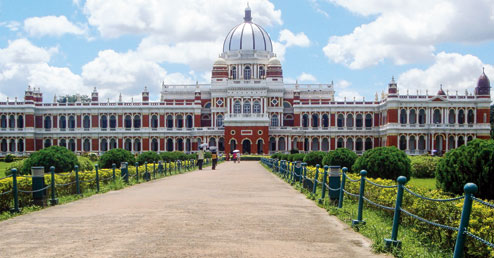 Cooch Behar is now one of the district of West Bengal but once was ruled by Koch dynasty. The name Cooch Behar is derived from the name of the Koch or Rajbongshi tribes indigenous to this region for many centuries.
Cooch Behar is now one of the district of West Bengal but once was ruled by Koch dynasty. The name Cooch Behar is derived from the name of the Koch or Rajbongshi tribes indigenous to this region for many centuries.